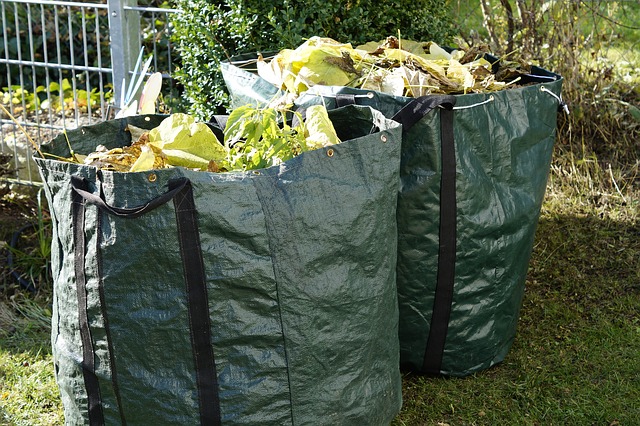Introduction:
The Margalla hills around Islamabad are also home to a significant population of Eurasian Wild Boars. These wild boars live at an elevation of up to 900 ft. Its scientific name is Sus scrofa. Aside from the Margalla hills, these wild boars are also distributed in different places in Pakistan like the Murree foothills, scattered throughout the Punjab and Sindh region down to the mouth of the Indus river.
Also check out: 20 Deadly Venomous and Poisonous Animals Found in Pakistan
These boars are essentially a type of pig where the female boars can weigh up to 100kg and their male counterparts slightly more and also have upwards curving tusks with sharp teeth. The wild boars population was estimated to be greatest in Mianwali district due to the extensive presence and development of irrigated forest plantations.
Why these Wild Boars are a Menace in Pakistan:
- Human Wildlife Conflicts: In other parts of the world, boars are typically hunted for their meat however in Pakistan they are not used or hunted for consumption due to certain religious prohibitions which is why their rising population has also lead to an increase in the human and wildlife conflicts (HCW). These become more and more frequent as hikers or tourists trekking on and around these hills get attacked and the end result is usually the death or injury of one of the two. However, due to lack of food, these boars then make their way to the city in order to scrounge through bins. They raid the high end hotels all the way to the president’s residence even. On their way they even cause a lot of traffic accidents and injuries as well as deaths of many people.
- Lack of Apex Species: Moreover the wild boars are a pest species who multiply rapidly and even if they are hunted or killed by farmers from surrounding villages using firearms, the kills do not match up to their reproductive rate. Furthermore the lack of a predator species for the wild boars also contributed to the ever increasing population.
- Crop Destruction: These boars are also responsible for destroying and destruction of the crops around the Margalla hills where many villages are located. Being omnivorous, these boars mainly destroy crops like sugarcane, vegetables, corn and maize. This results in economic and livelihood losses for many farmers and villagers. Reports from the areas state that the wild boar is chiefly involved in crop raiding, causing an annual significant, economic loss. In addition they also damaged a lot of fruit orchards and trees.
Possible solutions:
Proper monitoring and searching for some immediate solutions is required to tackle this urgent and quickly growing problem. Installations of metal fences around crop fields, proper disposal of food waste in allocated bins can also prevent them from moving into urban areas. Moreover, since majority of the people in Pakistan do not eat wild boar meat on religious grounds, the government could start a trophy hunting scheme for hunting enthusiasts locally and from all over the world in order to curb the menace of wild boars, provided that the money is then used to improve the local communities.
Other than that cutting down their supply of food or introducing a predator species could be possible. However, the latter option needs some well-thought out planning and careful consideration as to how that species introduction would effect the well-being and safety of the locals, as well as how it would fit in the local ecosystem without harming other existing flora and fauna. It is understandable that this can prove to be quite difficult since natural predators of boars are wolves and tigers which obviously would compromise the safety of the people living around.
Every year, sows- the female boars; give birth to one or two litters of up to eight piglets each. Given this kind of high reproduction rate, it is estimated that a boar population that has shrunk by 90 percent can recover within three years. It is easy to see why simply killing or hunting them is not much of a sufficient solution unless it is done consistently everyday forever which is of course, not possible.
The Federal authorities have done mass killings in the past as well. In Punjab and nearby regions, farmers were paid about 80 rupees for each pig they killed. All they had to do was to mail the pigs’ tails to the relevant government office. Up to 20,000 tails were collected yearly for a while, but the program was discontinued in the 1980s, apparently for lack of funds. We could invest in this program once again and keep it consistent.
We could try gathering a significant number of these boars and transferring them to other areas for instance, the Northern areas where the natural predators like wolves and tigers exist or we could curb the female population so that they boar population would be restricted. However these are just vague ideas that have many other requirements and difficulties prior to implementation.
It is evident that this is a serious problem with no feasible solution being thought as of yet. A lot of factors need to be considered as well as social and economical situations. However, in this case trophy hunting in which people are paid to kill these could be tried once again but with consistency this time.
Checkout: Illegal Wildlife Trade in Pakistan – Threat to Endangered Species
We hope you all liked this post! Please comment below if you have any suggestions, comments, or feedback! We #envpk love hearing from our readers! Thanks!




